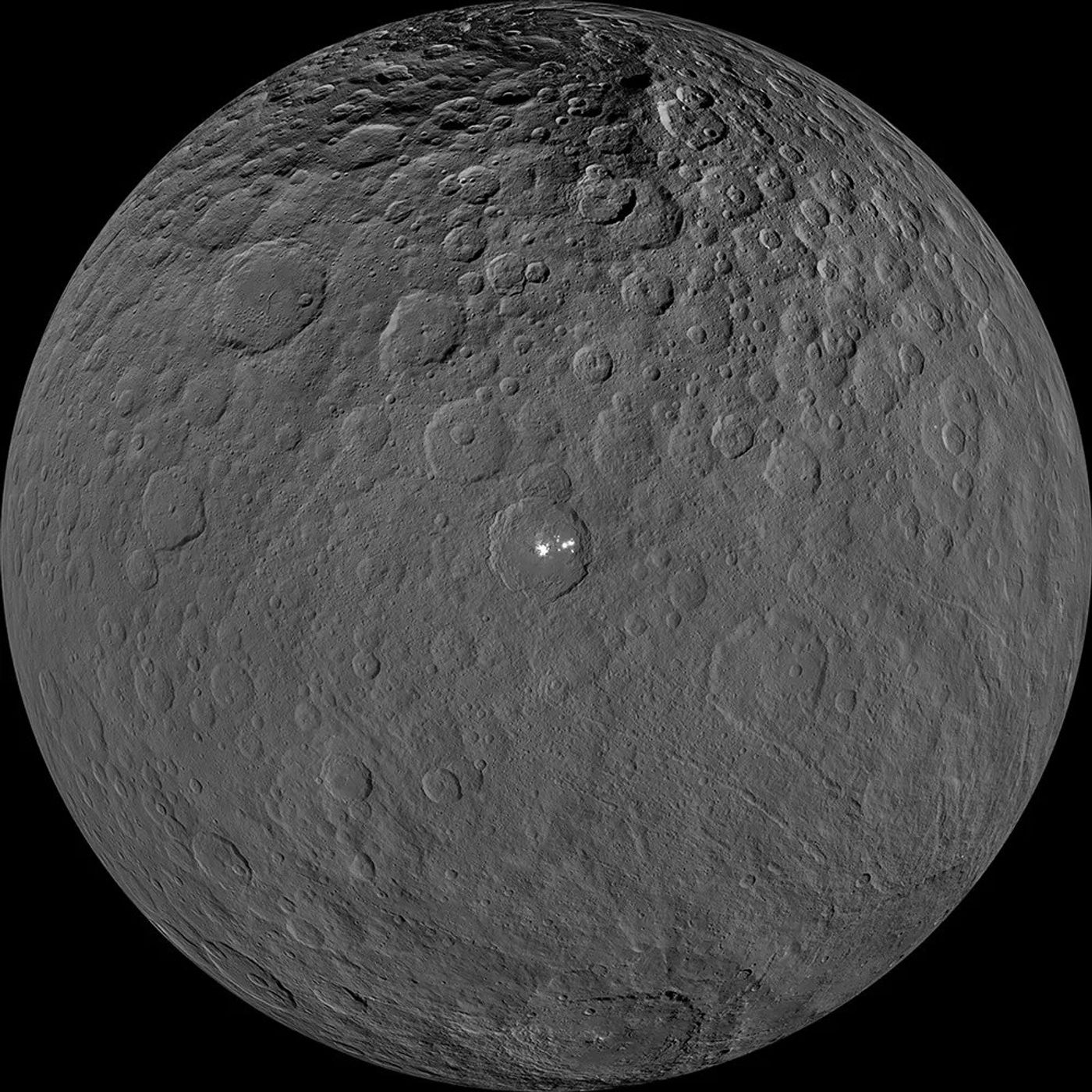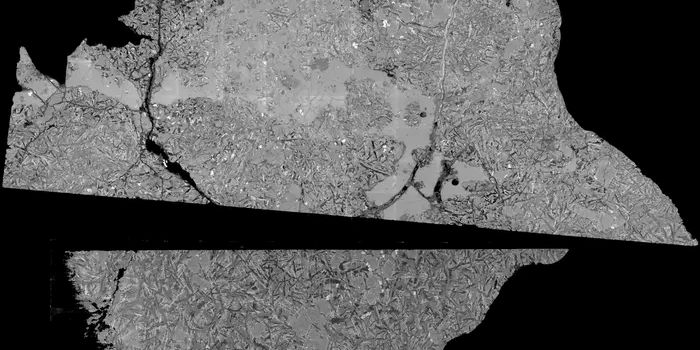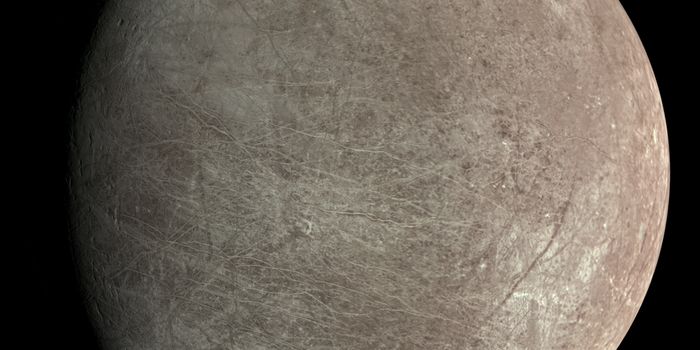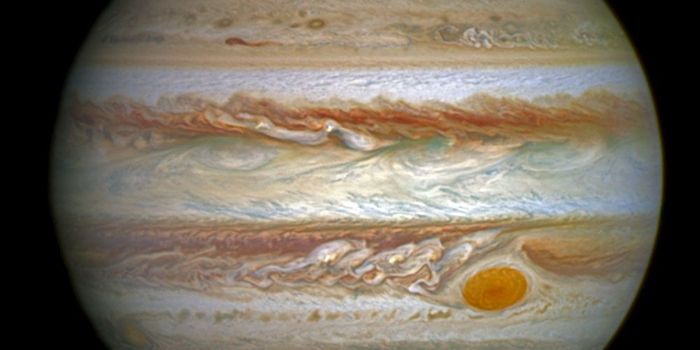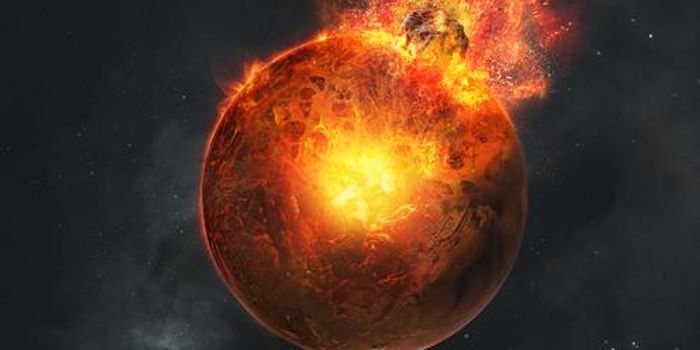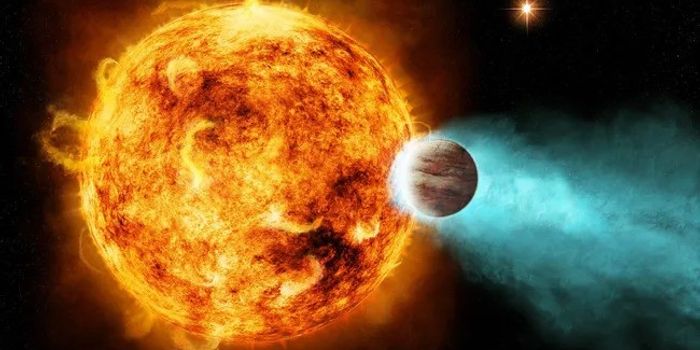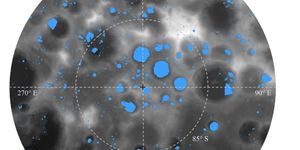How Ceres Challenges Our Understanding of Icy Bodies
Was the dwarf planet Ceres once an ocean world like Europa and Enceladus? If so, how did it become the cratered and icy world we see today? This is what a recent study published in Nature Astronomy hopes to address as a team of researchers from Purdue University and NASA’s Jet Propulsion Laboratory (JPL) investigated the formation and evolution of the internal geological processes of Ceres and how this could help scientists better understand ocean worlds throughout the solar system.
“We think that there's lots of water-ice near Ceres surface, and that it gets gradually less icy as you go deeper and deeper,” said Dr. Mike Sori, who is an assistant professor in the Department of Earth, Atmospheric, and Planetary Sciences at Purdue University and a co-author on the study. “People used to think that if Ceres was very icy, the craters would deform quickly over time, like glaciers flowing on Earth, or like gooey flowing honey. However, we've shown through our simulations that ice can be much stronger in conditions on Ceres than previously predicted if you mix in just a little bit of solid rock.”
Image of Ceres obtained by the Dawn spacecraft. (Credit: NASA/JPL-Caltech/UCLA/MPS/DLR/IDA)
For the study, the researchers used computer models to simulate the evolution of Ceres’ interior and how the dwarf planet could have evolved from a potential ocean world to the cratered and dark planetary body that exists today. They focused on what’s known as crater relaxation, which is the final stage of impact crater formation and is often the result of internal heat processes. In essence, crater relaxation is used to study the internal processes of planetary bodies.
In the end, the team found that 90 percent of the ice present within Ceres exists near the surface, which slowly diminishes to 0 percent at a depth of 117 kilometers (73 miles). For context, the diameter of Ceres is approximately 940 kilometers (584 miles). The data used for this study was obtained by NASA’s Dawn mission, which orbited Ceres between 2015 and 2018, collecting treasure troves of data about the dwarf planet, both externally and internally, that scientists continue to examine to the present day.
“We used multiple observations made with Dawn data as motivation for finding an ice-rich crust that resisted crater relaxation on Ceres,” said Ian Pamerleau, who is a PhD student under Dr. Sori and lead author of the study. “Different surface features (e.g., pits, domes and landslides, etc.) suggest the near subsurface of Ceres contains a lot of ice. Spectrographic data also shows that there should be ice beneath the regolith on the dwarf planet and gravity data yields a density value very near that of ice, specifically impure ice. We also took a topographic profile of an actual complex crater on Ceres and used it to construct the geometry for some of our simulations.”
What new discoveries will scientists make about Ceres in the coming years and decades? Only time will tell, and this is why we science!
As always, keep doing science & keep looking up!
Sources: Nature Astronomy, ScienceDaily, Saman Karimi, Purdue University
